Kawka People live in the northwestern part of Uganda and have borders with southern Sudan and the northeastern Democratic Republic of the Congo. They have Hamite origin. Their language is also called Akakwa, a Bari dialect, belonging to the Eastern Nilotic language family.
The Bari ethnic groups in the Sudan live in the Savannah and the lands of the Nile Valley. They speak a language which is also called Bari. The name “Bari, the people of the Nile Valley” is rather fitting as the river Nile runs through the heart of the Bari land.
This definition also distinguishes them from any other ethnic group that may be using the name Bari; there are apparently such groups in Ethiopia and Somalia, although no exact information exists as to whether ethnic group they are related.
Traditions and History of the Kakwa
One theory asserts that their ancestor was Yeki who was said to have migrated from the Karobe Hill into the southern Sudan. He then settled on Mt. Liru in Kobuko land and had seven sons; one of them, his third born, would always bite his other brothers. For this reason, Yeki gave him the nickname Kakwan ji, meaning “biting”. The immigrants are said to have adapted the plural and call themselves now Kakwa.
The ancestor of these people of Uganda was Yeki. He is said to have migrated from Karobe hill, southern Sudan and settled on Mt. Liru in Koboko. Here, Yeki is said to have produced seven sons and one of them was found of biting his brothers. For this reason, Yeki is said to have nicknamed him Kakwan ji, meaning biter. The descendants of Yeki are said to have adapted the plural term and called themselves Kakwa.
The second tradition claims that the Kakwa were originally known as Kui. The Kui are said to have been fierce fighters who inflicted heavy losses on their enemies. For this reason the Kui are said to have nicknamed themselves Kakwa because their fierce attacks were like a bite of a tooth. The majority of the Kakwa in Koboko cling firmly to this tradition.
Virtually all the Kakwa clans in the whole of Koboko, part of Maracha and Aringa trace their origin to Loloyi but none of them can tell what or where exactly Loloyi is. By linguistic connection, the Kakwa can trace to the Bari of southern Sudan. Indeed the Kakwa still believe that they have connections with the Kuku, Mundari, Nyangwar, Pojuru and even Karimojong.
The Koboko tradition claims that the first Kakwa ancestors came form the direction of Ethiopia. This tradition does not state, however, the point at which the Kakwa separated form the Bari. The general conjecture is that they split on the Bari County east of the Nile. Given that they are plain Nilotics like the Iteso and the Karimojong, they might have separated from the Bari at Kapoeta.
The social and political set up
The political institutions of the Kakwa were segmentary. They had no centralized system of government and the clan was the basic social and political unit. Each clan was politically independent of others and it enjoyed sufficient traditional loyalty.At the head of each clan there was a chief known as matter. Other clans referred to the chief as Buratyo; and others Ba Ambogo. The highest political officer was the chief and immediately below him were the clan elders known as Temejik. The Temejik were more often than not, heads of sub-clans and were related to the chief, being brothers or uncles.
The chief was both a political figure and a rainmaker. The Kakwa of Koboko still admit that rainmakers among them had been chiefs. Chieftainship was confined to the rainmaking clans and the chief would simultaneously assume two titles as chief of the land and chief of the rain.Nevertheless, there were some Kakwa clans which did not have rainmakers. An example was Ludara Kakwa. They gave the reason that their ancestor Solo, did not belong to a rainmaking family.
In such clans the duties of the chief of the land and the chief of the rain were separated. That of the chief of the rain was entrusted to another person who was not the chief. However, it was rare to find a chief who was not also a rainmaker.The Kakwa society was matrilineal and the position of the chief was hereditary. However, among the non-rainmaking clans, the chief’s office was not hereditary.
Clans without rainmakers could borrow them from other clans and a borrowed rainmaker did not have political influence. He would instead be paid for his services.
The economy setup
The economy of the Kakwa was mainly subsistence agriculture but some families also practiced mixed farming. They kept cattle, goats, and sheep besides agriculture. Millet has always been their principal food crop followed by sorghum and a type of bean called burusu.
These were the staple foods of the Kakwa. They have been supplemented by pawpaws, maize and cassava. Cassava is said to have come with the advent of the Belgians and the intrusion of the logo, an ethnic group from Zaire.Pawpaws are said to have been introduced by the British.Millet, sorghum and burusu were traditionally sown in a large field dug on a communal basis, known as vya or litika.
Women figured less prominently in the economy of the Kakwa. Men dug the fields, sowed the seeds, tended the animals, built and repaired the houses. Women would remove the rubbish from the cultivated fields, would also clean and store the crops away in the granaries.The women engaged actively in basket weaving, salt making and pottery.
Salt was made from indigenous plants known as morubo and bukuli. These plants wound be burnt and then the ashes we re put in a container with many holes at the bottom; water would be poured on the ashes. The salty liquid would filter through the holes and out into another container at the bottom.
The Nyangaila clan specialized in iron smelting, making spears, knives, hoes and a variety of other iron implements.
Wealth among the Kakwa was measured in terms of “how many granaries full of foodstuff” one had in one’s compound and the number of the livestock in one’s kraal.In the event of famine, and this was common, people would migrate to another area where there was plenty of food.

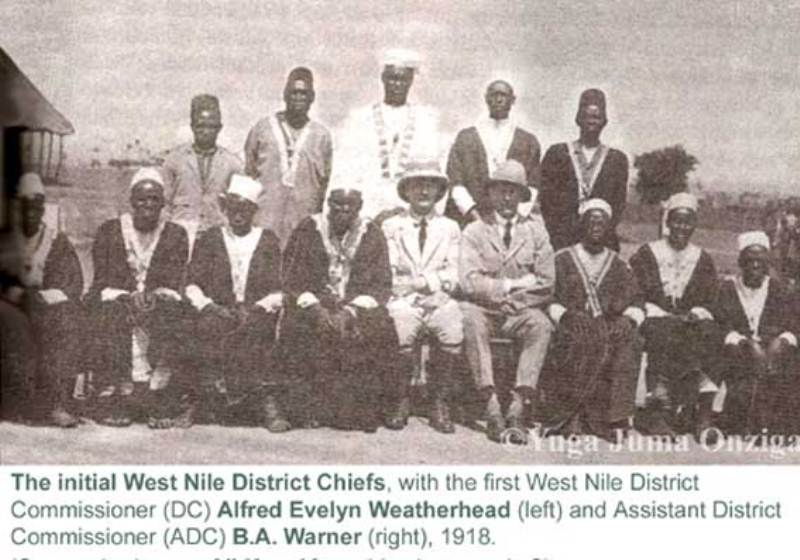

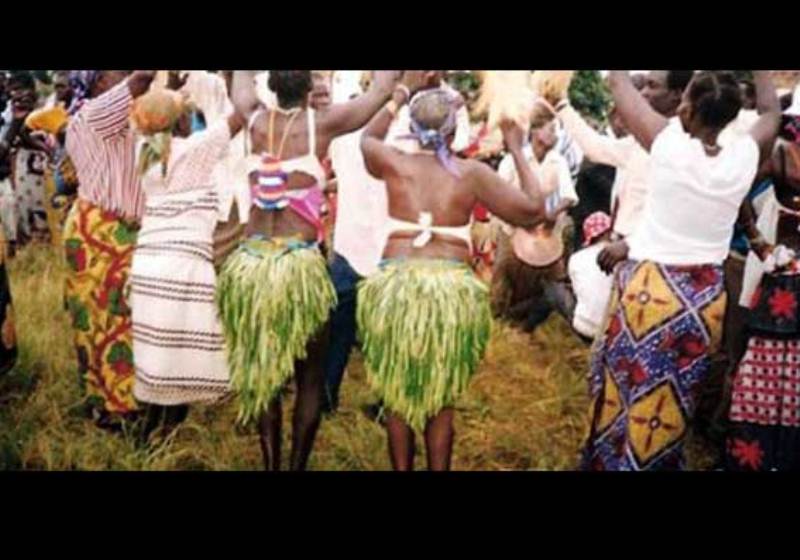








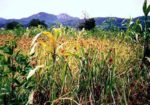
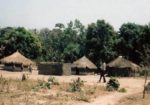
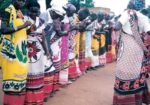
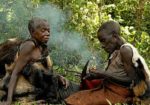

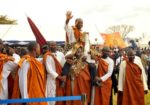

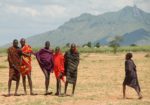
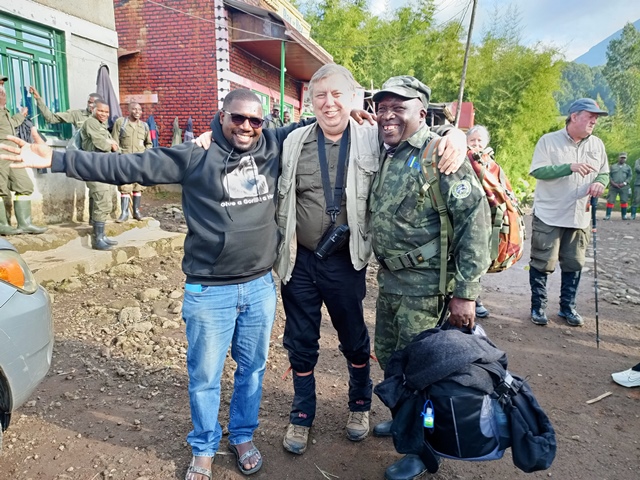







1 Comment
Gloh Rhia, 2021-08-30 at 8:02 AM
I just want to know more about Ayaba Poru. He was a chief and He gave birth to two sons, one was killed by his competitors where he was working from and the other called Poru joined the army of Idi Amin Dada. He later fled to Sudan trying to save his life after Amin got out of power. He came back but died in northern Uganda. He had given birth to three sons, one got lost during Amin’s overthrow, one managed to escape with his mother and now has three sons, and a daughter. Then the third is also still alive but I know little about him. I would like to ask for more information and history about this kakwa family. I will so very much appreciate your help. You can contact me on 0782165406. Thank you very much.